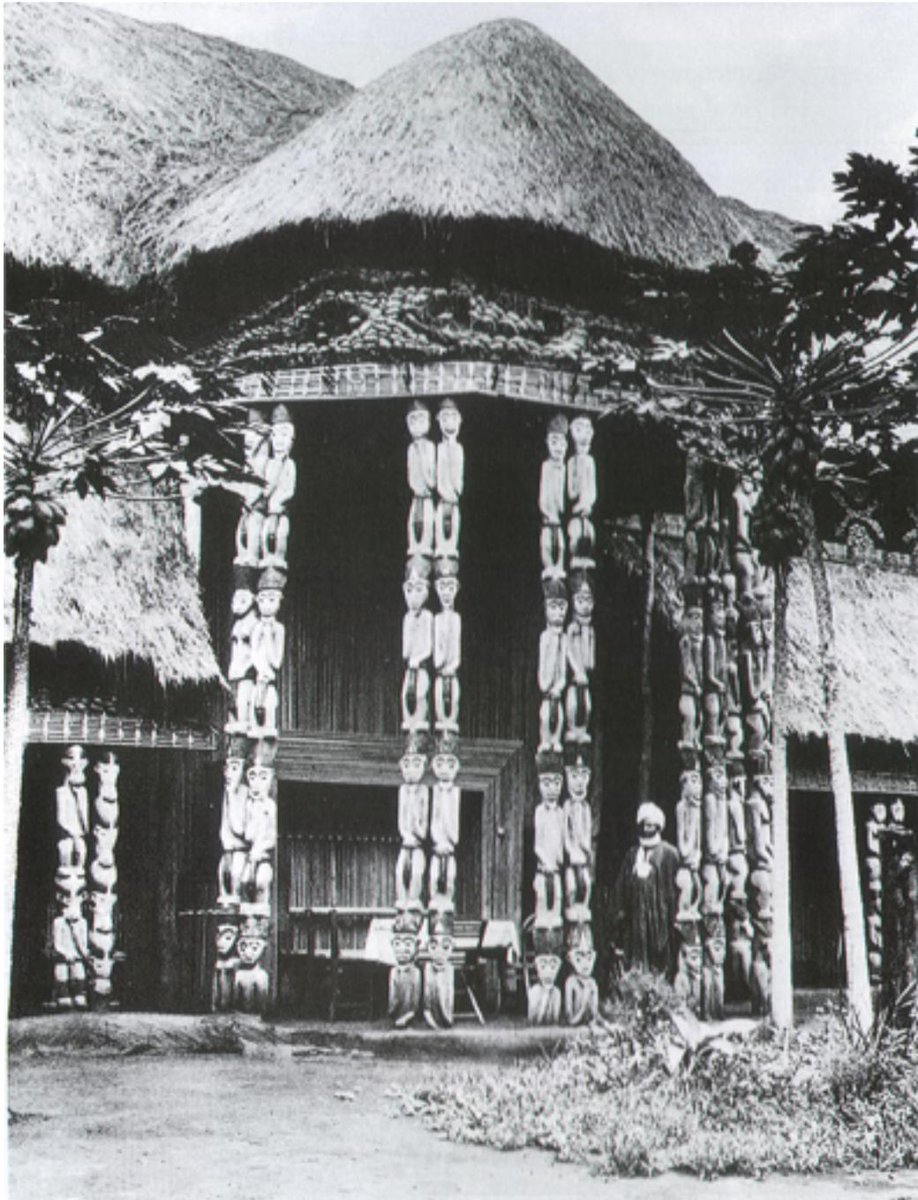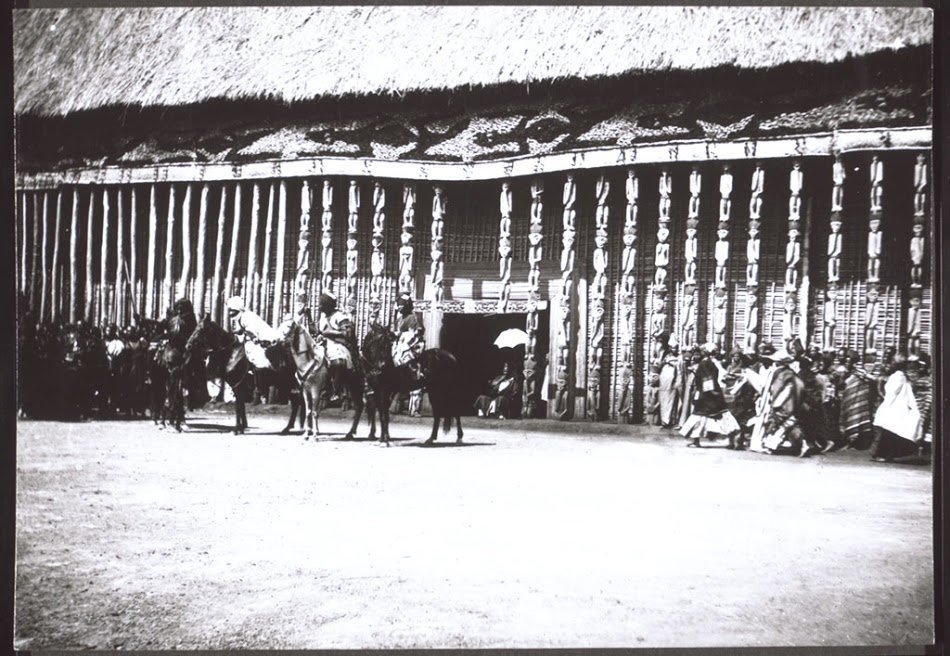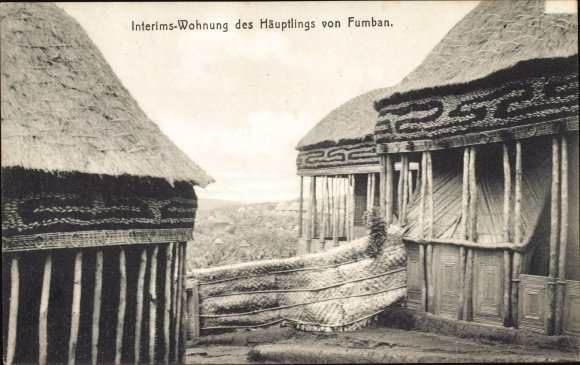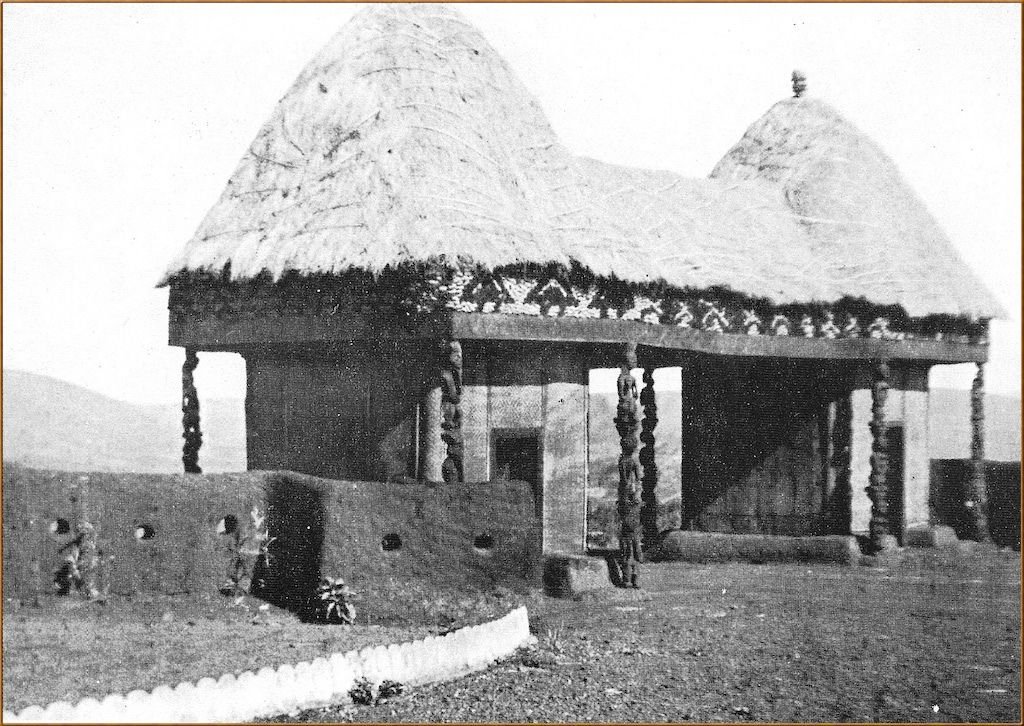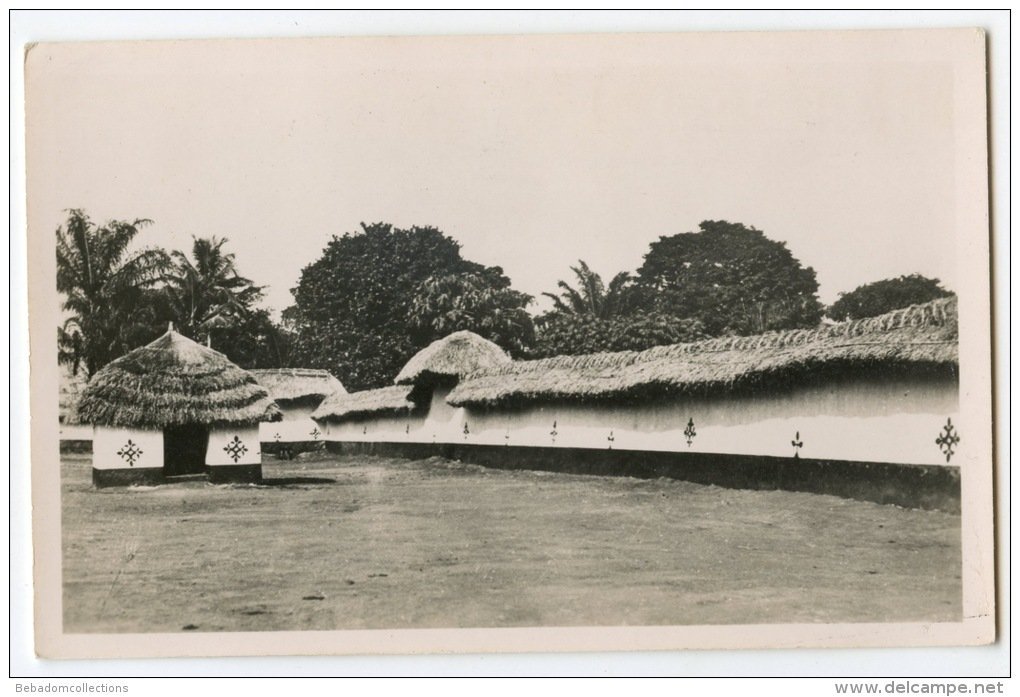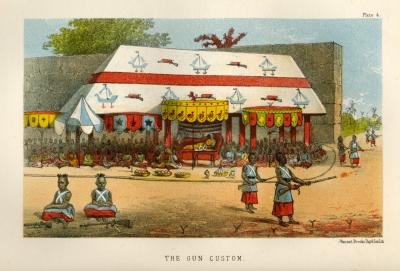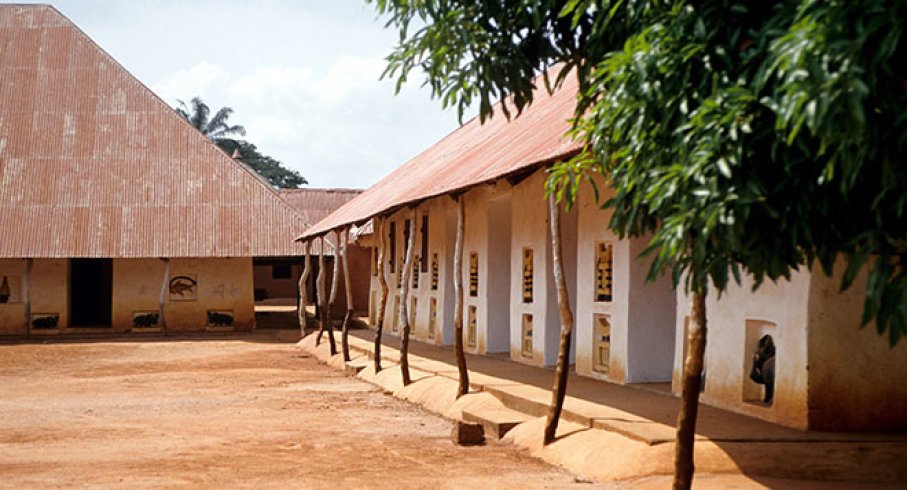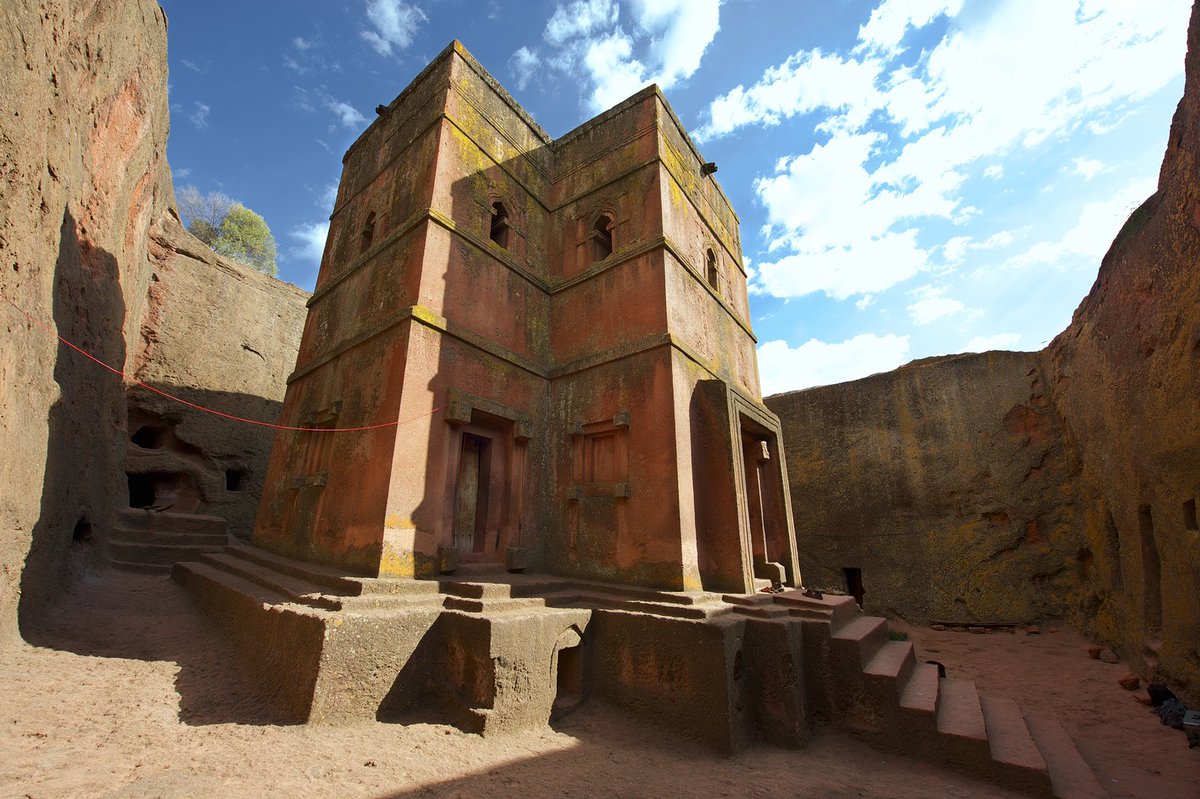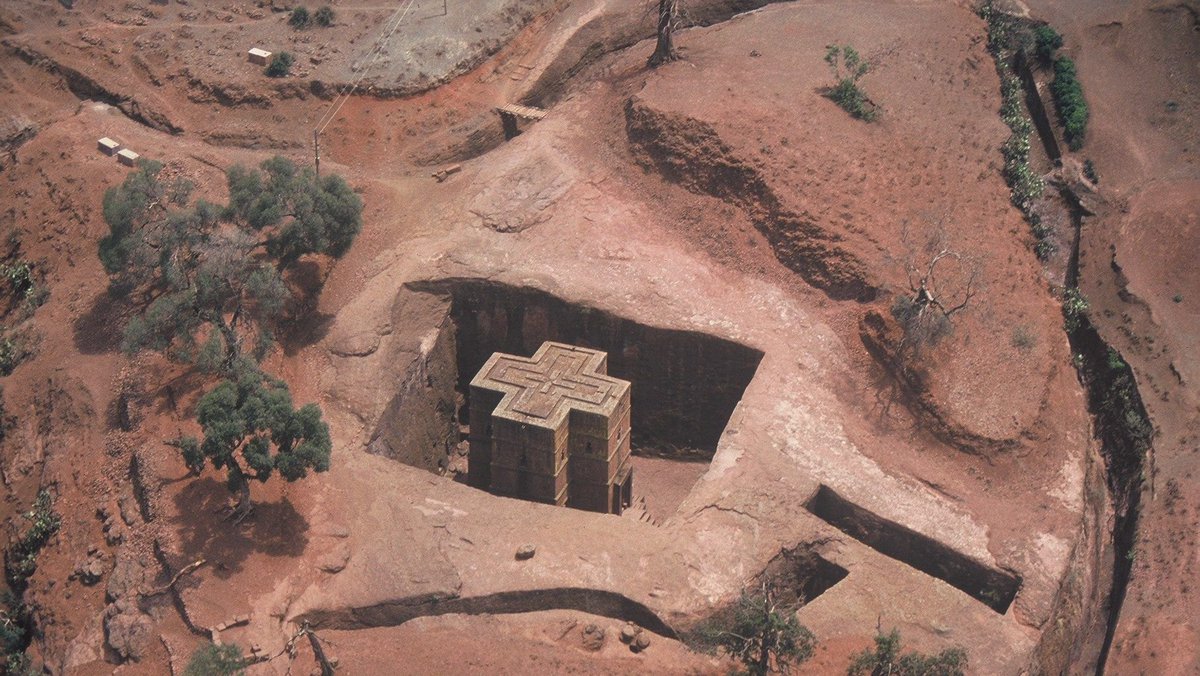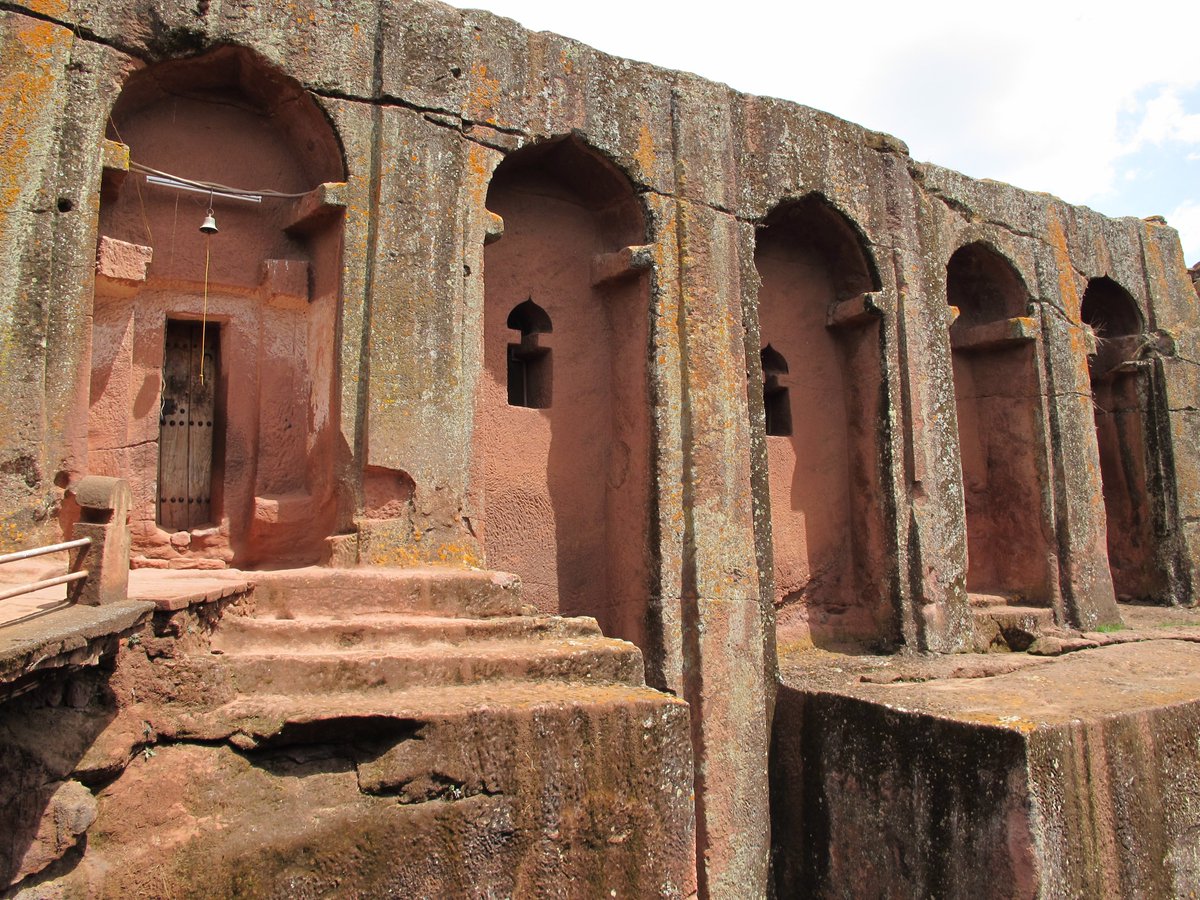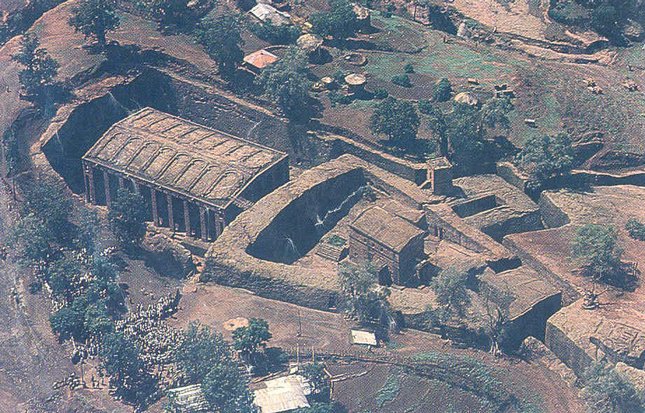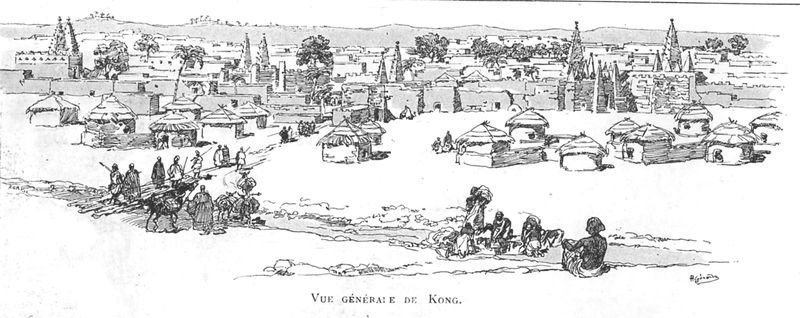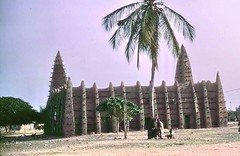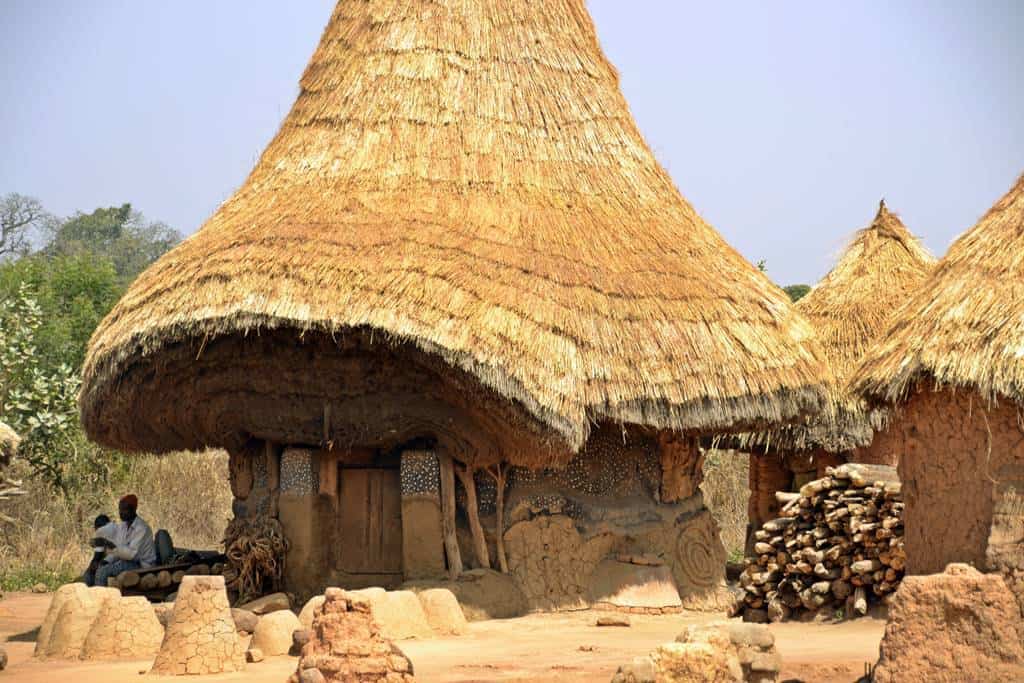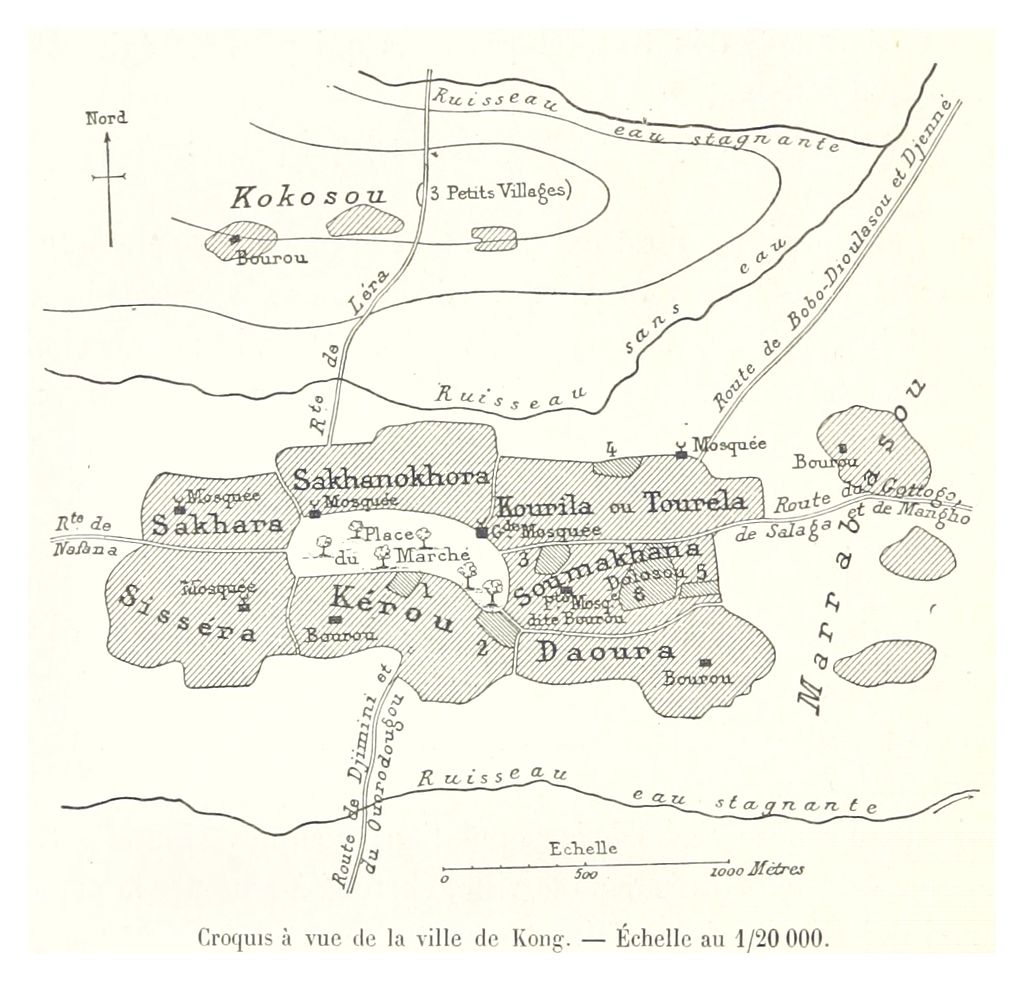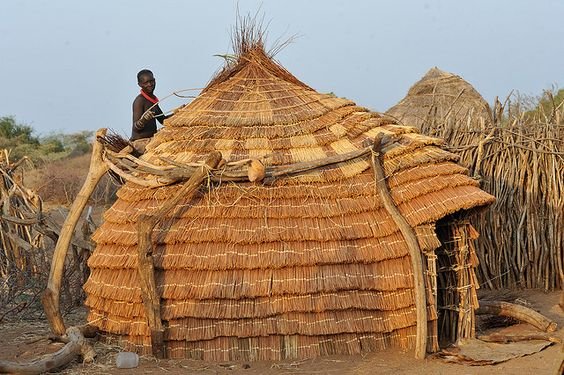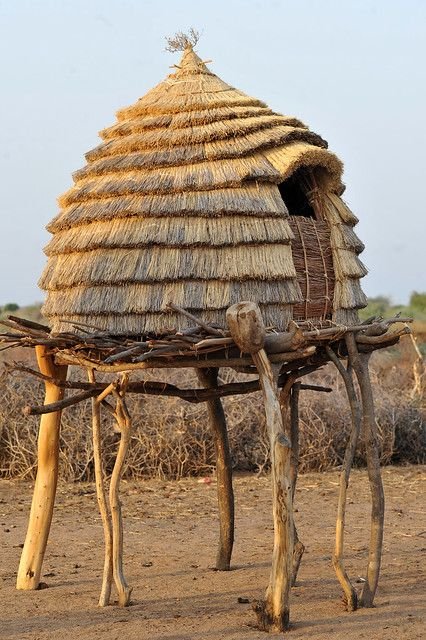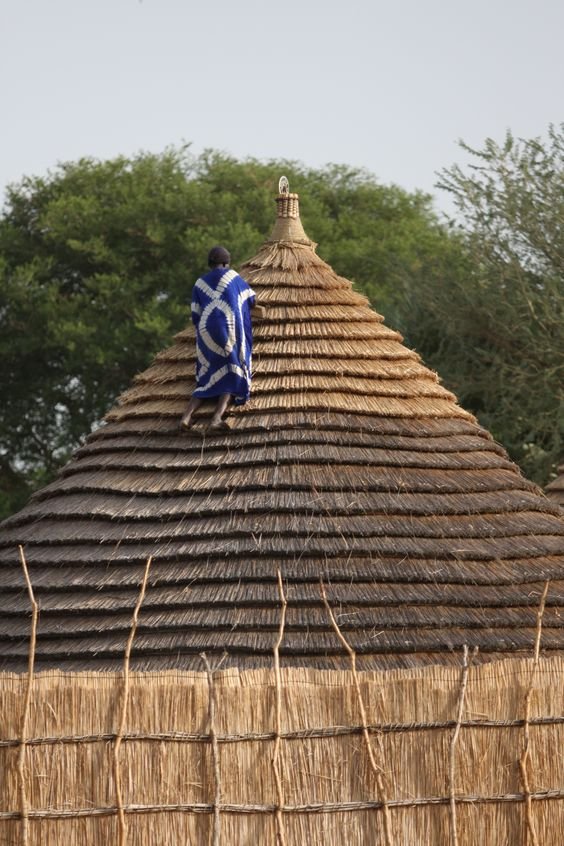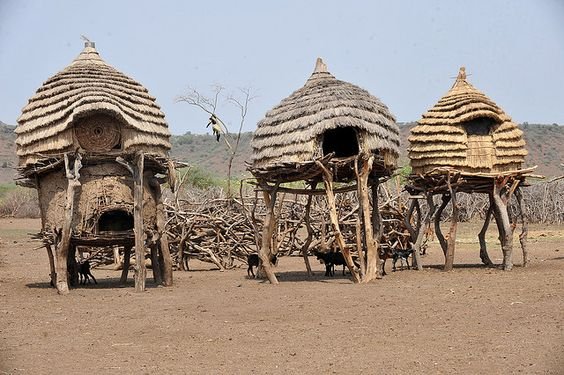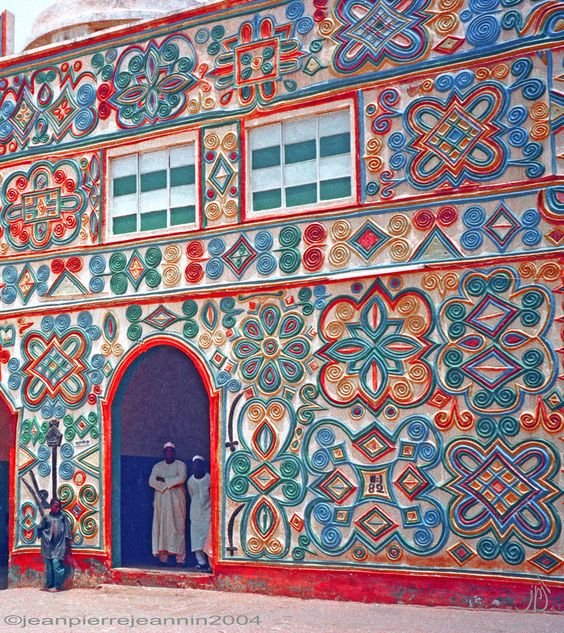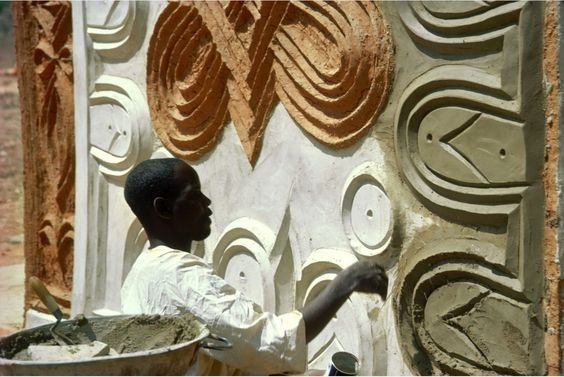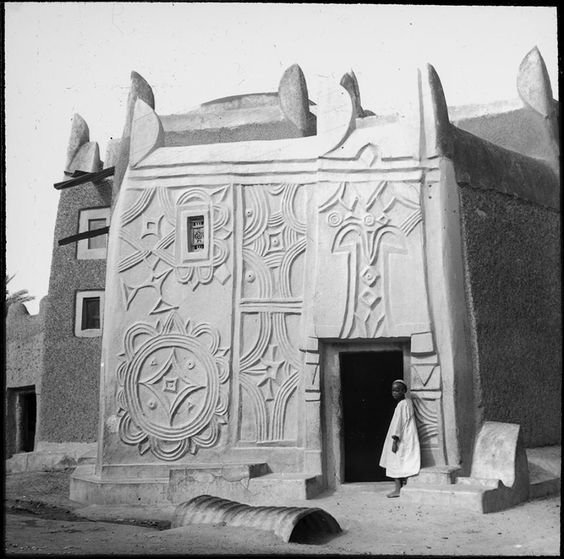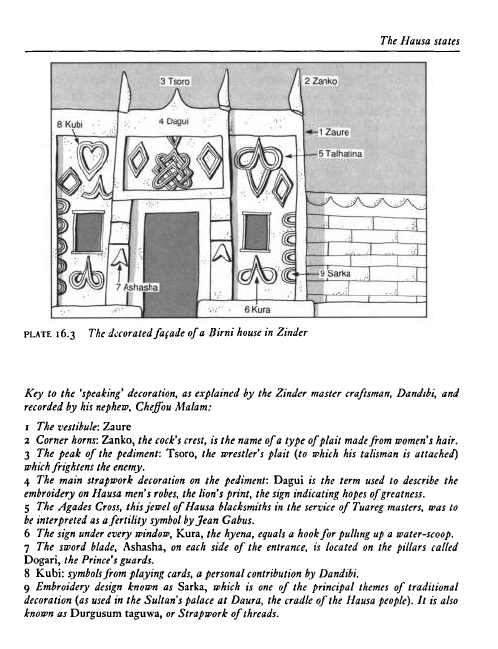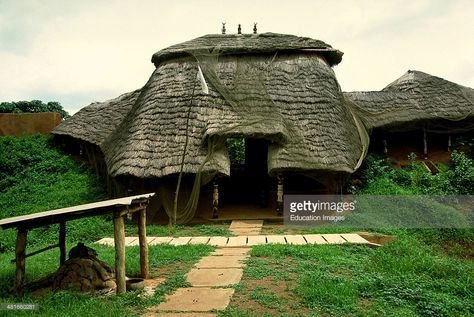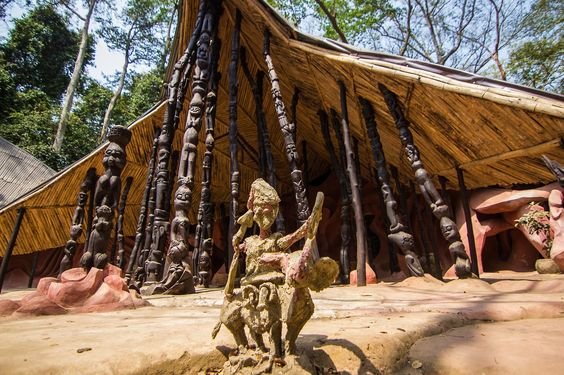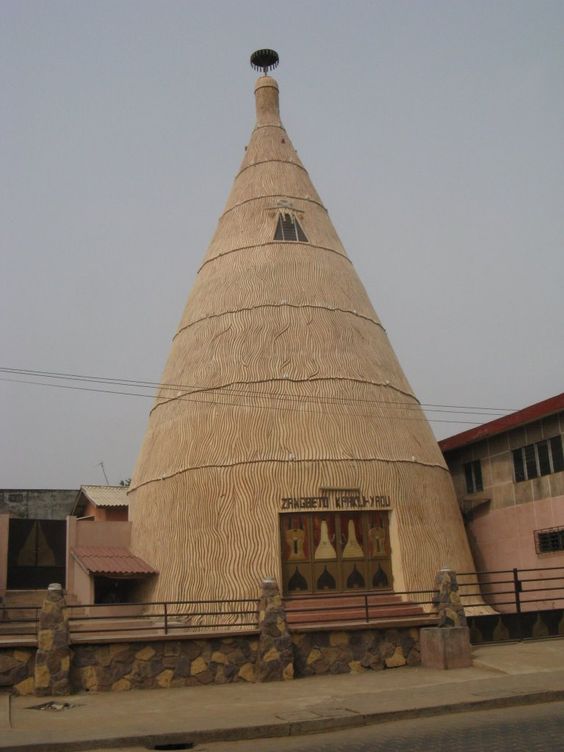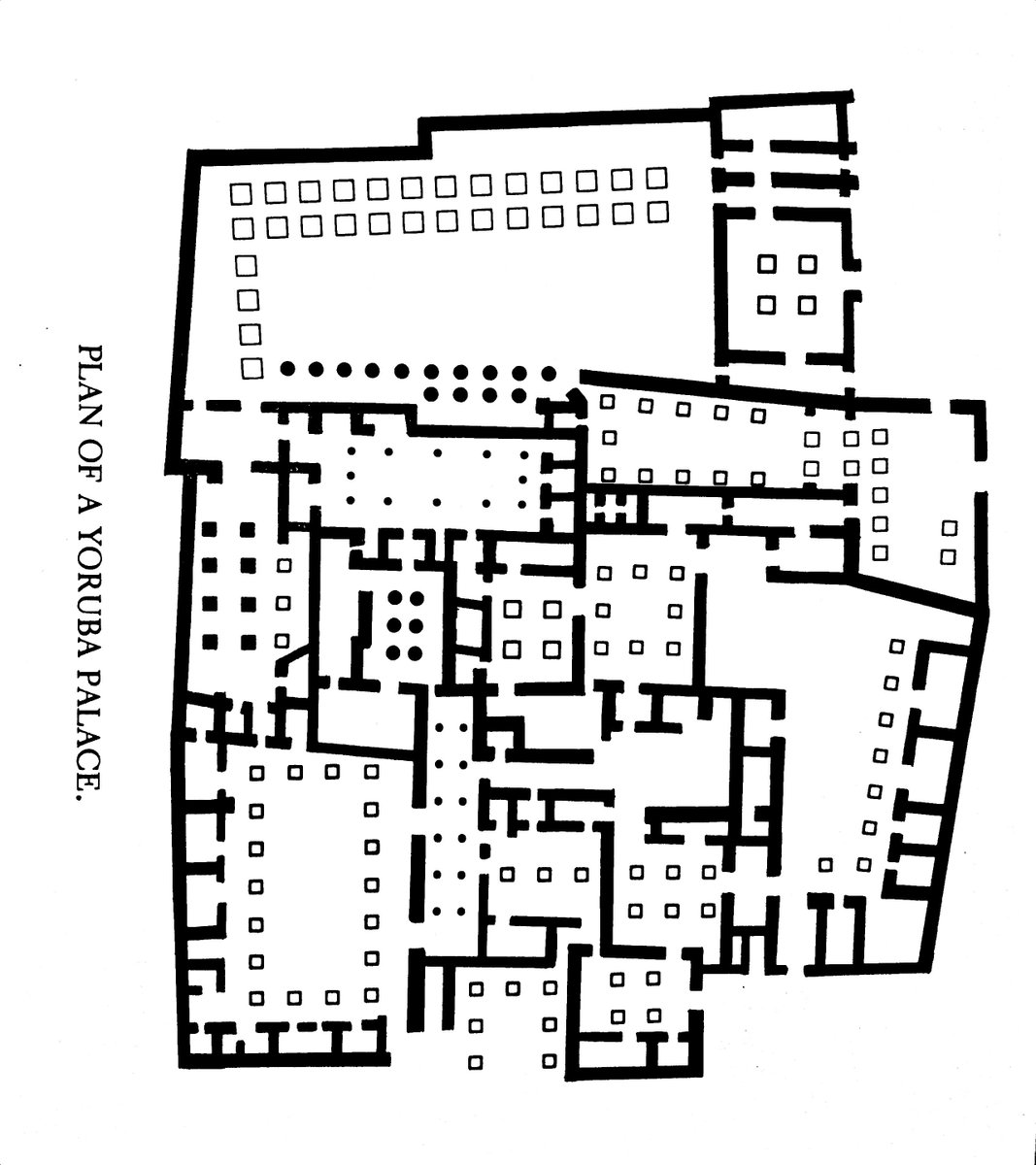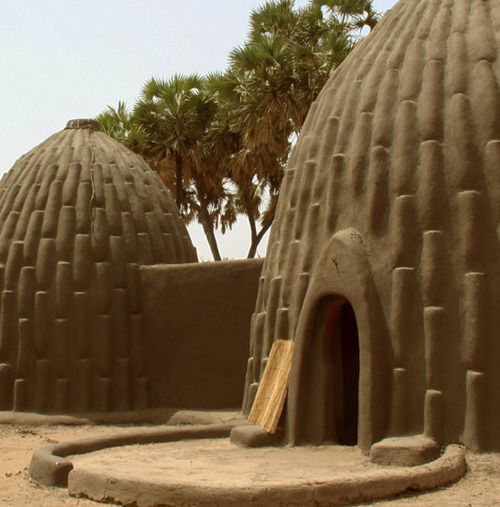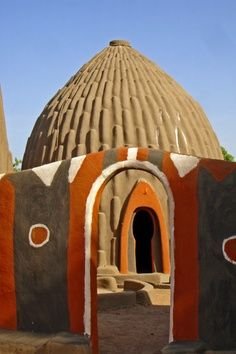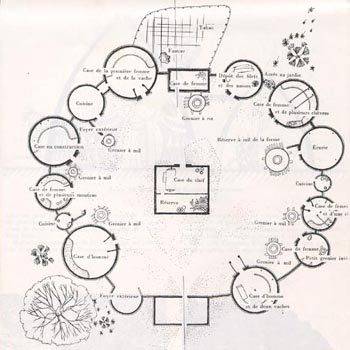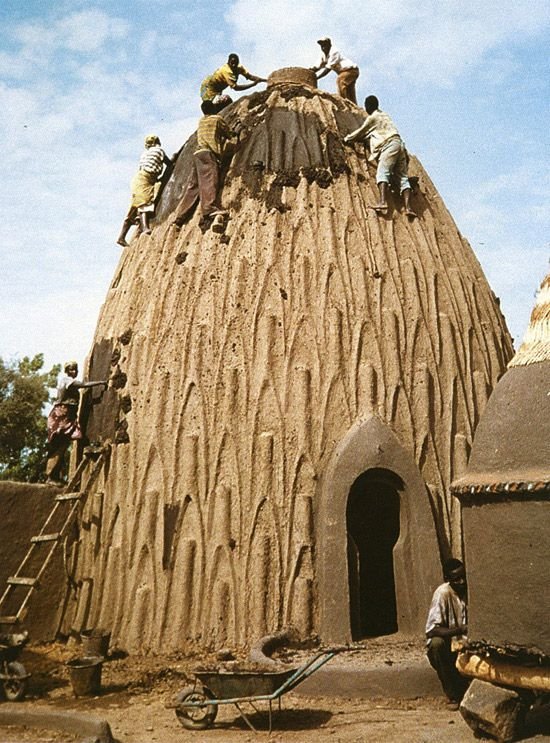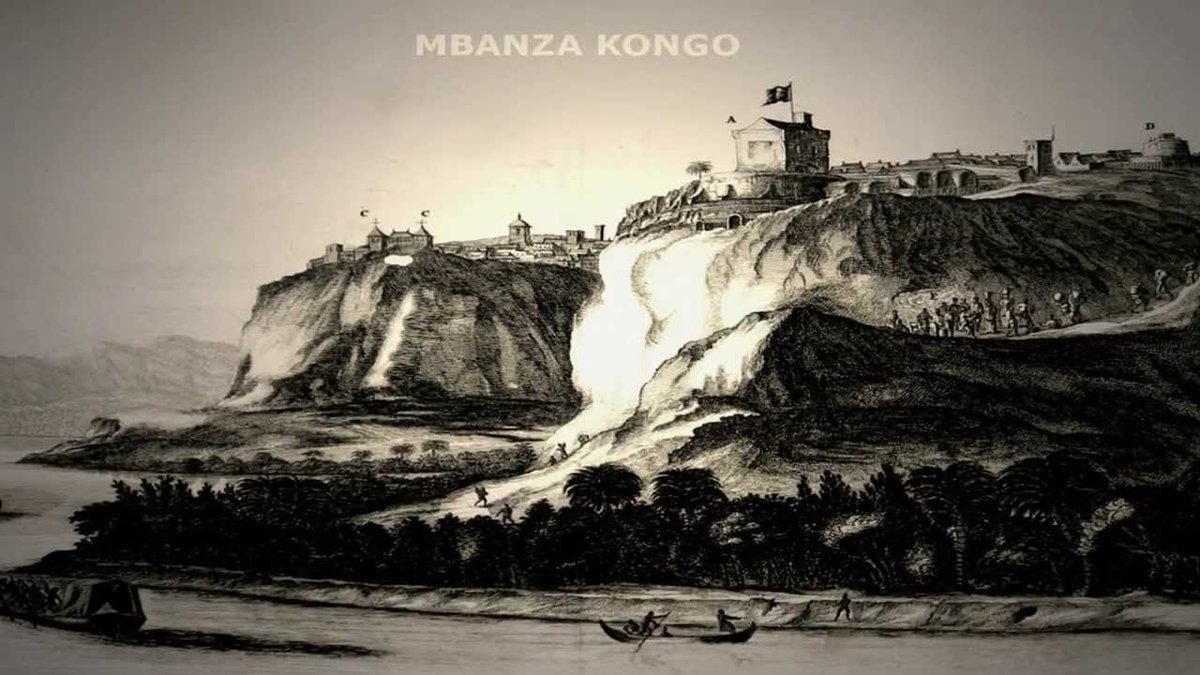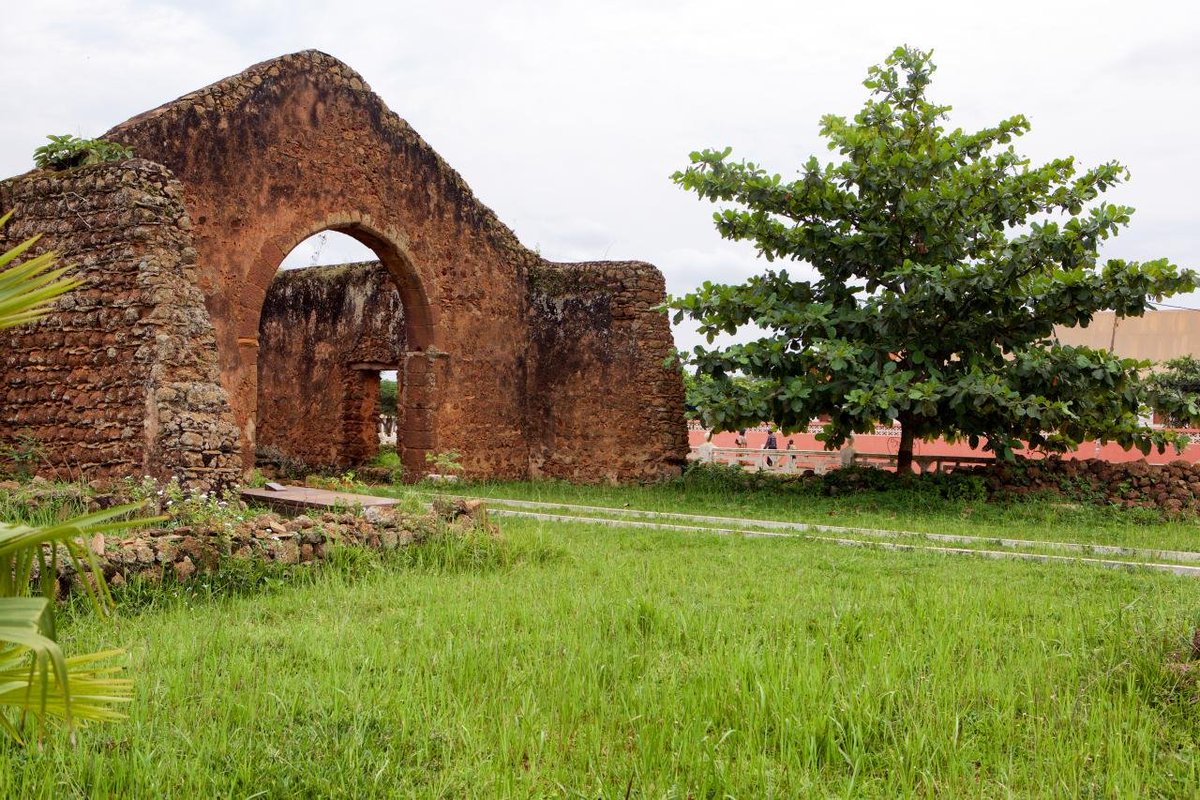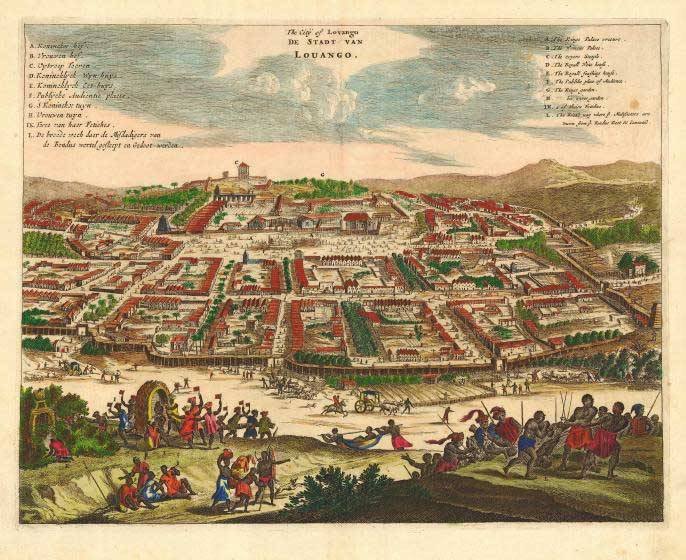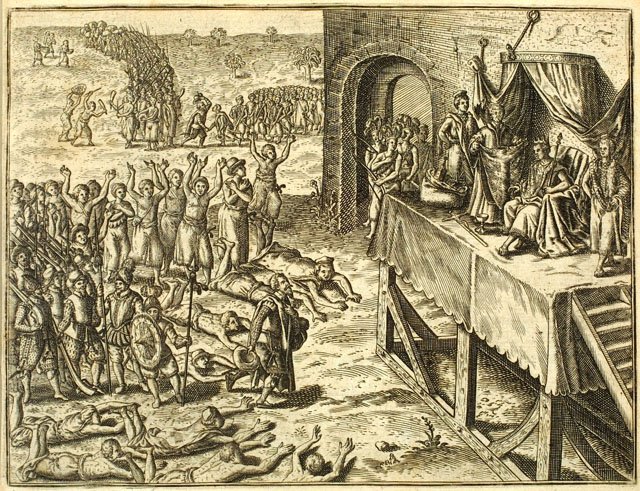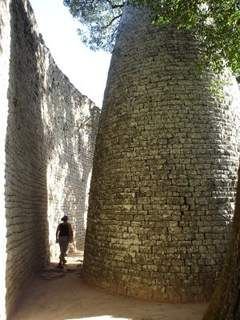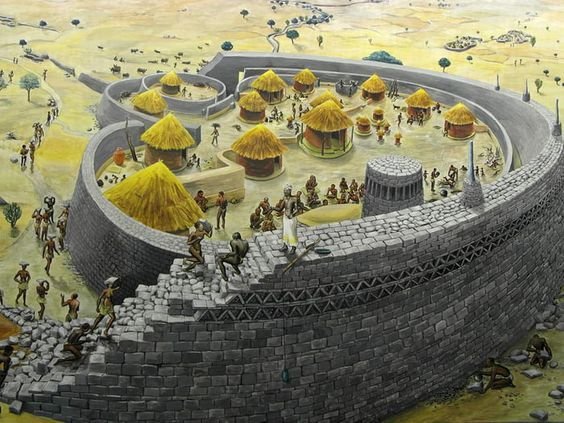#ForgottenAfricanArchitecture(1/15) I was very inspired by @1ncognito___ & #39;s thread on African architectures so I am adding some of my research material. I hope it helps inspires others, including #gamedev folks. If you like this, follow the afro-fantasy project @TalesofWagadu!
#ForgottenAfricanArchitecture(2/14) Benin City (Nigeria) was the all-powerful center of the Benin Empire. According to a Dutch explorer "It is divided into many magnificent palaces, houses, and apartments of the courtiers, and comprises beautiful and long square galleries...".
#ForgottenAfricanArchitecture(3/15) more Ashanti (Ghana).The first is Bantama Shrine, it housed the Emperor& #39;s ancestors, in front of a sacred tree and a holy brass bowl. The Adae Kese Imperial Ceremony was performed here in order to bring the living and the dead into harmony.
#ForgottenAfricanArchitecture(4/15) Igbo(Nigeria) The first ones are Mbari shrines. They were built in devotion to ancestors and then typically left for nature to reclaim them. This transience reminds me of the Japanese Ise Jungu shrine which is constantly demolished and rebuilt.
#ForgottenAfricanArchitecture(5/15) Swahili Kilwa (Tanzania). Ancient trading center. Medieval Arab explorer Ibn-Battuta said "Kilwa is amongst the most beautiful of cities and elegantly built. All of it is of wood, and the ceiling of its houses is of al-dis [reeds]."
#ForgottenAfricanArchitecture(6/15) Bamun (Cameroun): Fumban, the capital of the Kingdom of Famun, was a center of arts and learning: the indigenous African Bamun script was designed in this royal palace by mfon (king) Njoya and his court.
#ForgottenAfricanArchitecture(7/15) Fon (Benin): These images show Abomey, Dahomey& #39;s capital. In this city lived a special corp of women fighters, the Mino, also called the Dahomey Amazons. They advised the king and awed colonising invaders with their combat skills.
#ForgottenAfricanArchitecture(8/15) Amhara (Ethiopia): Lalibela& #39;s inhabitants literally carved whole buildings into the rock. A Portuguese explorer said " I am weary of writing more about these buildings, because it seems to me that I shall not be believed if I write more..."
#ForgottenAfricanArchitecture(9/15) Senufo/Dyula (Ivory Coast) The multi-ethnic Kong Empire was powerful and its imposing capital, Kong, was a city famous for its religious tolerance with muslim scholar, animist generals and christian visitors all coexisting peacefully.
#ForgottenAfricanArchitecture(10/15) Toposa (South Sudan): Sadly South Sudan is in the news only for its issues but as we struggle to encourage more women into architecture, it& #39;s worth mentioning that, as in many part of the continent, Toposa homes were entirely built by women.
#ForgottenAfricanArchitecture(11/15) Hausa (Nigeria & Sahel Region): Hausa history is rife with ancient powerful kingdoms, scholars and great cities. Their houses used to reflect these ancient cultures: the decorations are not just symbolic but they "speak" about the owner.
#ForgottenAfricanArchitecture(12/15) Yoruba (Nigeria/Benin): Since Yoruba religion was one of the most sophisticated on the continent, these splendid fortified cities had temples to match. Yoruba believes even survived the diaspora, with present day worshipers in the Americas.
#ForgottenAfricanArchitecture(13/15) Musgum (Cameroon/Chad) These disappearing mud huts are not just incredibly elegant but according to architect and author of "Earth Architecture" Ronald Rael they are "a catenary arch - the idea mathematical form".
#ForgottenAfricanArchitecture(14/15)Bakongo (Congos/Angola) Kongo Mbanza was the capital of a medieval kingdom. It was a centralised state with its bureaucracy and clergy. The sophisticated architecture reflected a complex political systems with Duchies, Marquisates and Counties.
#ForgottenAfricanArchitecture(15/15) Shona (Zimbabwe): The first pictures are Great Zimbabwe, one of the most impressive ancient cities of the southern hemisphere. European explorers were convinced biblical people built it as they could not believe locals Africans had the skills.

 Read on Twitter
Read on Twitter
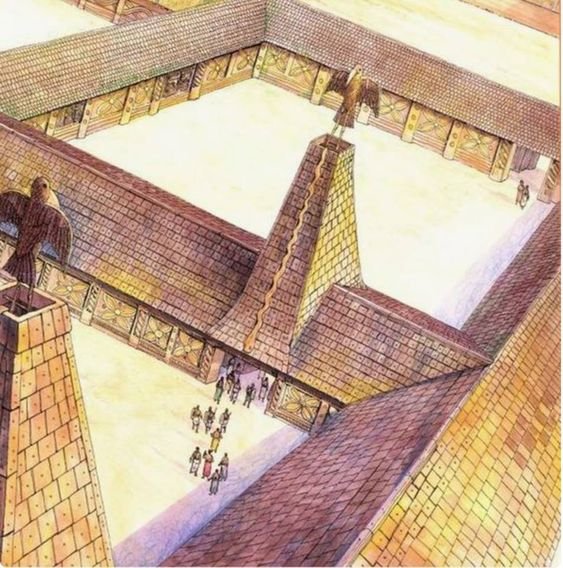
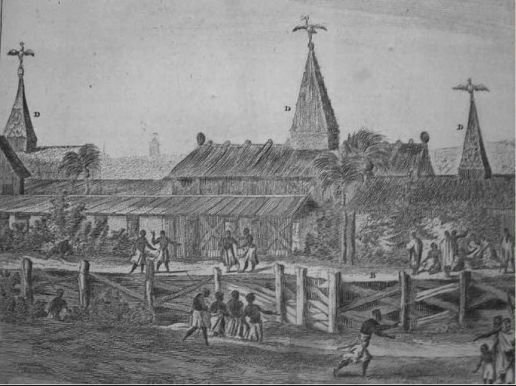
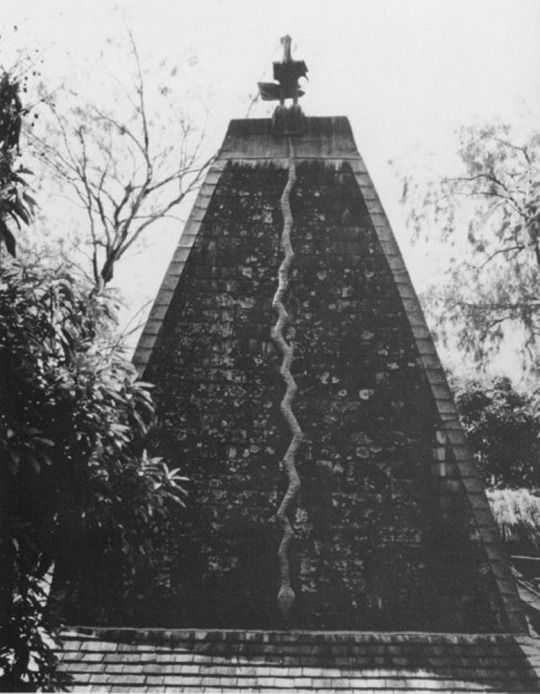
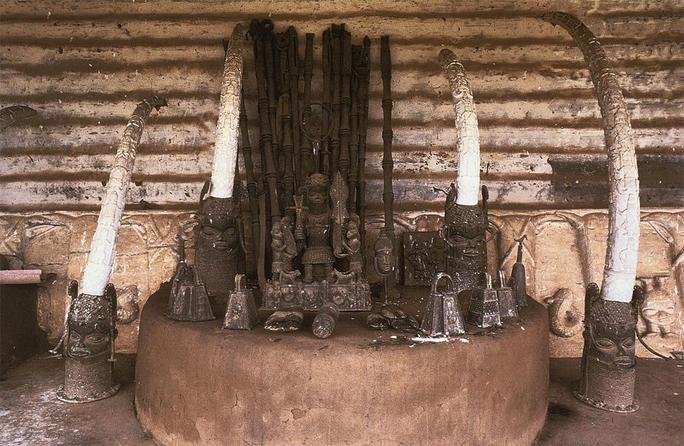
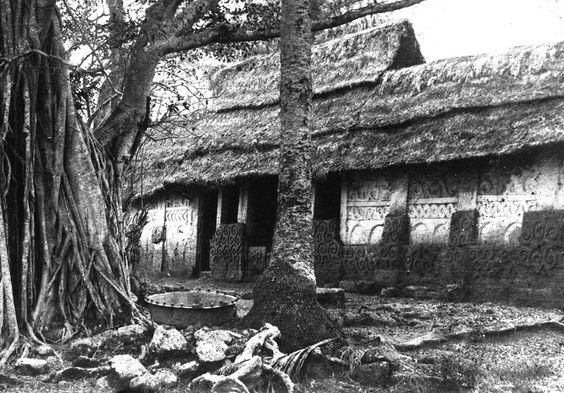
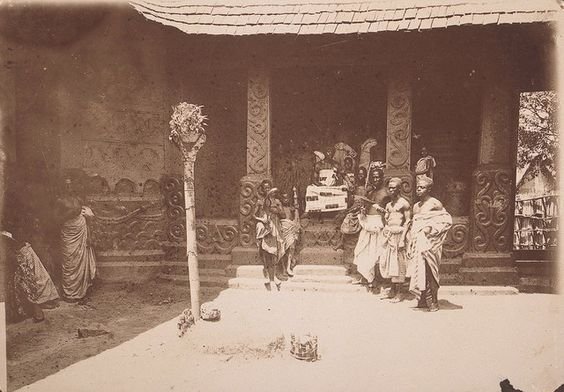
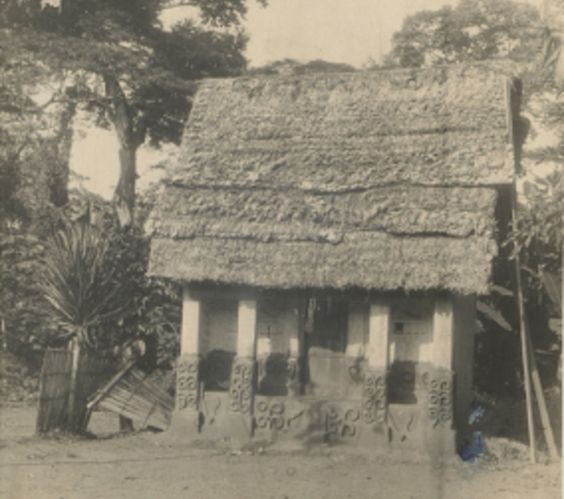
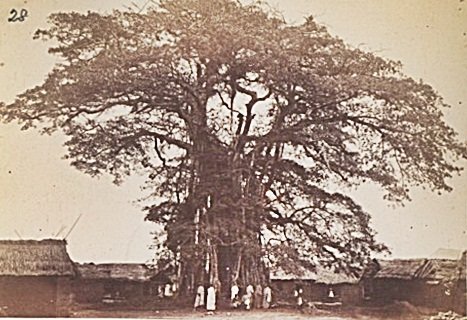
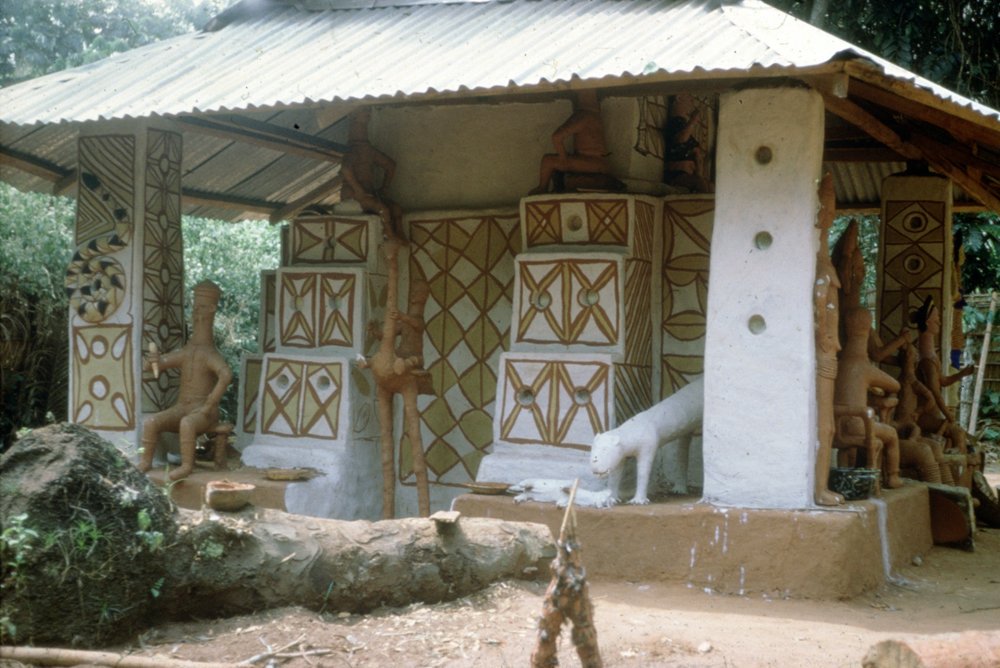
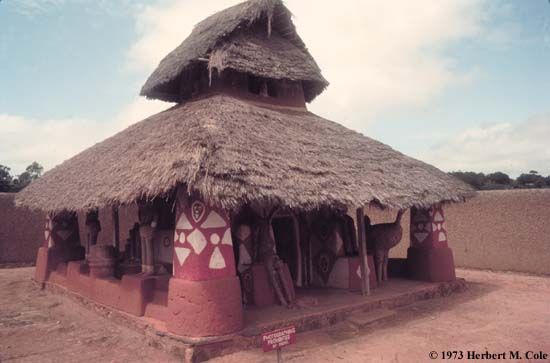
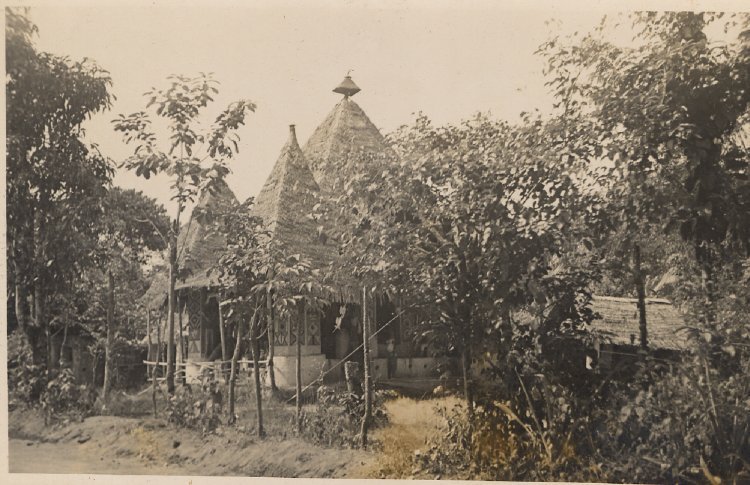
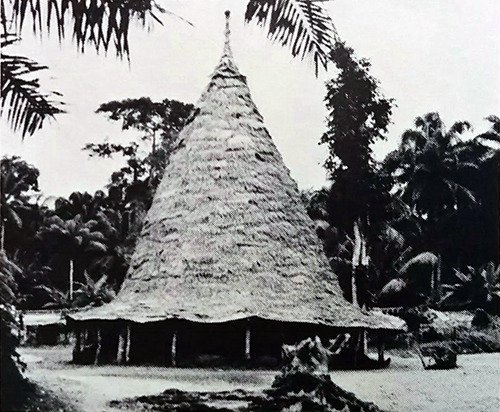
![#ForgottenAfricanArchitecture(5/15) Swahili Kilwa (Tanzania). Ancient trading center. Medieval Arab explorer Ibn-Battuta said "Kilwa is amongst the most beautiful of cities and elegantly built. All of it is of wood, and the ceiling of its houses is of al-dis [reeds]." #ForgottenAfricanArchitecture(5/15) Swahili Kilwa (Tanzania). Ancient trading center. Medieval Arab explorer Ibn-Battuta said "Kilwa is amongst the most beautiful of cities and elegantly built. All of it is of wood, and the ceiling of its houses is of al-dis [reeds]."](https://pbs.twimg.com/media/EDYPINxX4AALjIt.jpg)
![#ForgottenAfricanArchitecture(5/15) Swahili Kilwa (Tanzania). Ancient trading center. Medieval Arab explorer Ibn-Battuta said "Kilwa is amongst the most beautiful of cities and elegantly built. All of it is of wood, and the ceiling of its houses is of al-dis [reeds]." #ForgottenAfricanArchitecture(5/15) Swahili Kilwa (Tanzania). Ancient trading center. Medieval Arab explorer Ibn-Battuta said "Kilwa is amongst the most beautiful of cities and elegantly built. All of it is of wood, and the ceiling of its houses is of al-dis [reeds]."](https://pbs.twimg.com/media/EDYPIN4X4AALmW0.jpg)
![#ForgottenAfricanArchitecture(5/15) Swahili Kilwa (Tanzania). Ancient trading center. Medieval Arab explorer Ibn-Battuta said "Kilwa is amongst the most beautiful of cities and elegantly built. All of it is of wood, and the ceiling of its houses is of al-dis [reeds]." #ForgottenAfricanArchitecture(5/15) Swahili Kilwa (Tanzania). Ancient trading center. Medieval Arab explorer Ibn-Battuta said "Kilwa is amongst the most beautiful of cities and elegantly built. All of it is of wood, and the ceiling of its houses is of al-dis [reeds]."](https://pbs.twimg.com/media/EDYPIN5WwAAFwdU.jpg)
![#ForgottenAfricanArchitecture(5/15) Swahili Kilwa (Tanzania). Ancient trading center. Medieval Arab explorer Ibn-Battuta said "Kilwa is amongst the most beautiful of cities and elegantly built. All of it is of wood, and the ceiling of its houses is of al-dis [reeds]." #ForgottenAfricanArchitecture(5/15) Swahili Kilwa (Tanzania). Ancient trading center. Medieval Arab explorer Ibn-Battuta said "Kilwa is amongst the most beautiful of cities and elegantly built. All of it is of wood, and the ceiling of its houses is of al-dis [reeds]."](https://pbs.twimg.com/media/EDYPIN5XUAA74Bk.jpg)
